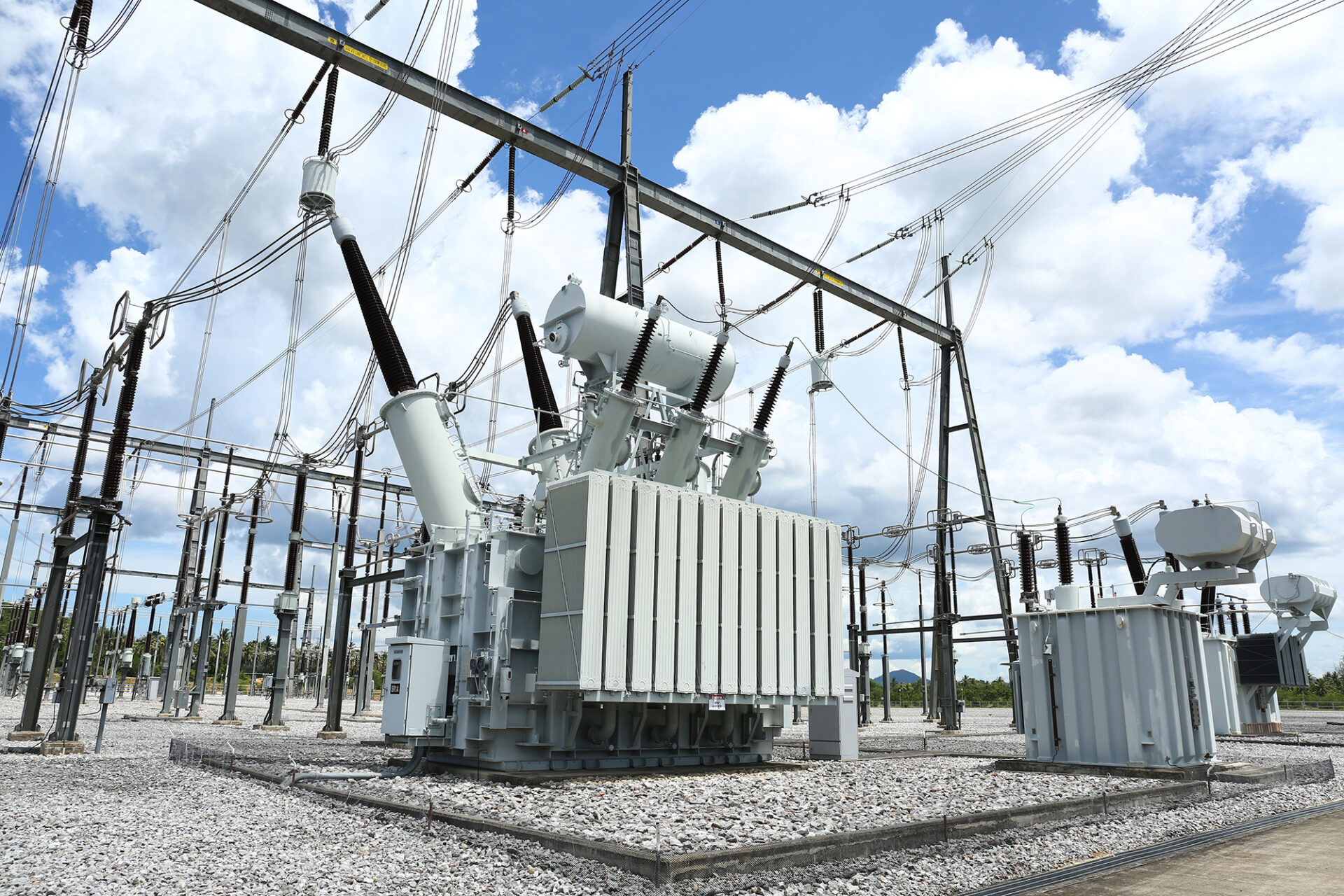Transformers are large, complex and expensive components that play a key role in both grid operations and hydropower production. If a transformer breaks down, the consequences can be significant and expensive. A broken down transformer can take a long time to replace, and customers in the area it supplies power to will experience a weakened security of supply in the meantime.
There are approximately 3,000 transformers in operation in Norway, not including the smaller transformers used in secondary substations in local distribution grids. A new transformer can cost as much as NOK 30 million. Therefore, the answer to the question of whether Norway’s older transformers should be replaced or not must consider both technical and economic factors, as well as any risks posed to the security of electricity supply. This is no easy task.
Potential life expectancy of transformers
On average, the transformers in Norway are currently around 30 years old, which is also the length of time that transformers are typically designed to be in operation for.
However, due to Norway’s cold climate and the fact that transformers often operate on lower power than they are designed for, the operating temperature, which has a considerable impact on a transformer’s ageing, remains low. This means that even though the transformers are generally getting older, many of them are still in good condition. This is exemplified by the fact that the oldest transformer has been in operation for no less than 97 years! SINTEF has also previously conducted extensive tests in the laboratory on ageing in power transformers, which have shown that transformers in Norway can remain operational for significantly more years than they have been designed for.
The oldest transformer has been in use for 97 years!
If we are to take full advantage of transformers’ potential life expectancy, assessments are required. For example, increased lifetime utilization must not come at the expense of the high level of security of supply required by the power customers. Therefore, it is important to be able to identify which transformers can safely remain in operation and which should be prioritised for replacement. But how can we do this? The answer is risk-based assessments. Since risk consists of both probability (of breakdowns) and consequences, these are the two factors that must be considered.
How can we assess a transformer’s condition?
Transformers are complex components with multiple subcomponents that can malfunction in various ways. The probability of a breakdown is therefore decided by multiple factors, including the age and technical condition of the transformer.
However, a transformer is a closed construction, and assessing the condition of the inner, power-carrying parts is no simple task. Therefore, SINTEF has developed a model for adding various types of information about the transformer’s condition. This information contributes to an overall assessment of the transformer’s current technical condition. Statistical data is also used in order to estimate the likelihood of breakdowns.
A breakdown can have various consequences. These consequences can be local in nature, such as, in the worst case scenario, a fire or an explosion. However, as the transformers are part of the overall national power supply, a breakdown may also impact the security of supply for power customers. Therefore, we must conduct analyses of the grid that the transformer is a part of in order to gain a complete idea of the potential consequences of a breakdown. You can read more about analysis of security of electricity supply in this blog post.
Our aim is to find out when a transformer should be replaced
As we’ve discussed, there is no simple answer to the question in the title. However, through the newly launched VulPro (Risk and Vulnerability prognosis for power system development and asset management) project, SINTEF will work together with Statnett, Landsnet and NTNU on topics that will shed further light on this issue.
VulPro will integrate component analyses with grid analyses in order to achieve a more comprehensive understanding of the potential risks. In other words, the project will contribute to closing “the gap” between risk analyses of components (such as transformers) and analyses of the security of supply in the grid. This is illustrated in the figure below, which uses a transformer as an example of a component.

The analysis on the left side of the image focuses on a single transformer but has not traditionally taken that transformer’s placement in the grid into consideration, nor its importance in relation to the security of supply. In contrast, the analysis on the right side of the image considers the wider system but not the transformer’s condition or how this impacts the likelihood of a breakdown and, by extension, the security of supply.
This gap makes it difficult to assess how the security of supply in the grid changes as the transformer ages. Closing this gap will enable us to make better decisions in relation to the development and renewal of ageing grids, including when old transformers should be replaced.










Comments
No comments yet. Be the first to comment!